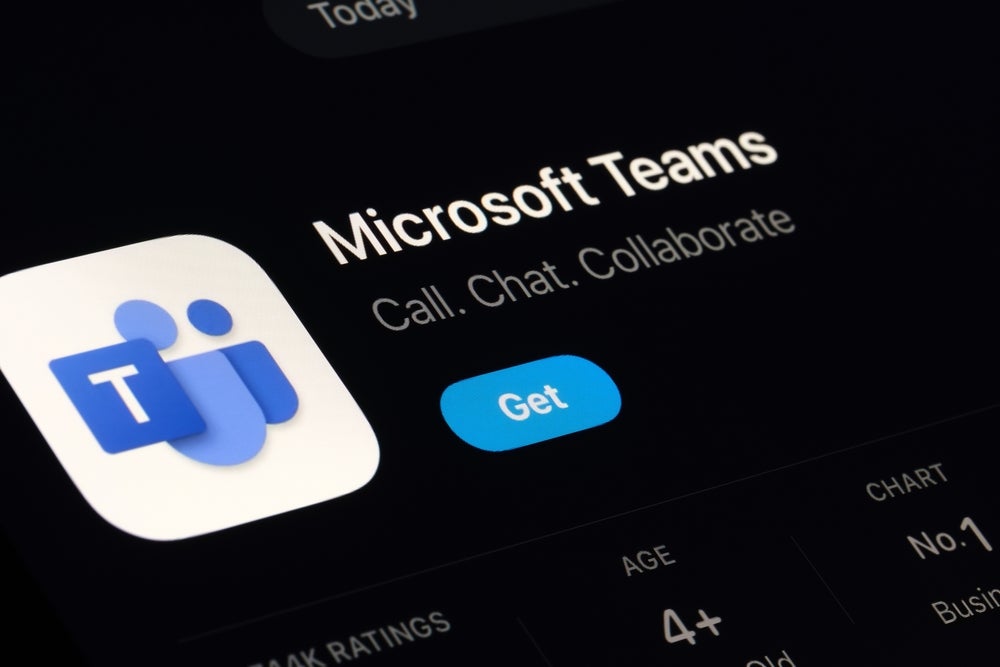It has always been a complicated love affair between telecommunications companies and hyperscalers like AWS, Microsoft, Google, and Meta.
With the digital landscape continuing to evolve with the emergence of 5G, Artificial Intelligence (AI) and cloud-native technologies, hyperscalers are becoming more influential in shaping the future direction of telecommunications.
Should telcos flex their muscles against hyperscalers who continue to move in on their territory? Or should they look to collaborate and coexist together?
Hyperscalers investing and building their own infrastructure
Telecommunication carriers have always been the protector and responsible for their network infrastructure across both fixed and mobile networks. With hyperscalers investing and building their own infrastructure, at present this is predominately limited to data centres and subsea cables, which now has them competing directly with telcos.
This has led to some telcos fearing that if hyperscalers continue to muscle in on their space, it could potentially undermine them in the future and relegate them only as either “wholesale connectivity or dumb pipe” providers.
To avoid this some telcos are leveraging their digital assets and superior local presence to compete against hyperscalers.

US Tariffs are shifting - will you react or anticipate?
Don’t let policy changes catch you off guard. Stay proactive with real-time data and expert analysis.
By GlobalDataCollaborating to drive innovation and growth
However, some have welcomed the change and are working with hyperscalers by collaborating to drive innovation and growth for its business and its customers. As some carriers continue to find their footing on how best to proceed, other carriers have already established strategic partnerships to gain much needed experience and support telcos, especially when it comes to such technologies as cloud and data centres.
Some recent examples include Lumen Technologies partnering with AWS, which saw the telco integrate AWS’s AI, machine learning and security technologies into its system with Lumen providing its fibre connectivity to its data centres.
Another example is between Vodafone and Google. The two have extended their current agreement for ten years to include AI, cloud, cybersecurity, content, and devices.
By collaborating with hyperscalers, telcos can unlock new revenue streams, especially with some of the new emerging technologies including Internet of Things, edge computing and artificial intelligence, which requires low latency but also high bandwidth networks. This is a win-win for both, as hyperscalers can also draw strength from working with telcos and leverage their experience and expertise around network infrastructure.
The perfect equilibrium
While telcos and hyperscalers need to find and establish the perfect equilibrium that works best for each other, it’s important that telcos partner with a company that can complement each other’s strengths.
For telecommunications carriers, this would be leveraging in-depth knowledge of networks and connectivity, including both fiber and wireless services, while continuing to enhance its strong relationships with their customers by delivering enhanced customer support and customer experience capabilities. While for hyperscalers, providing telcos access to their digital ecosystem including cloud services, data centres and access to their global reach.
Additionally, the two should work jointly together and look to co-create new initiatives including cross-selling, joint go-to-market strategies and co-developing innovation and product development.









